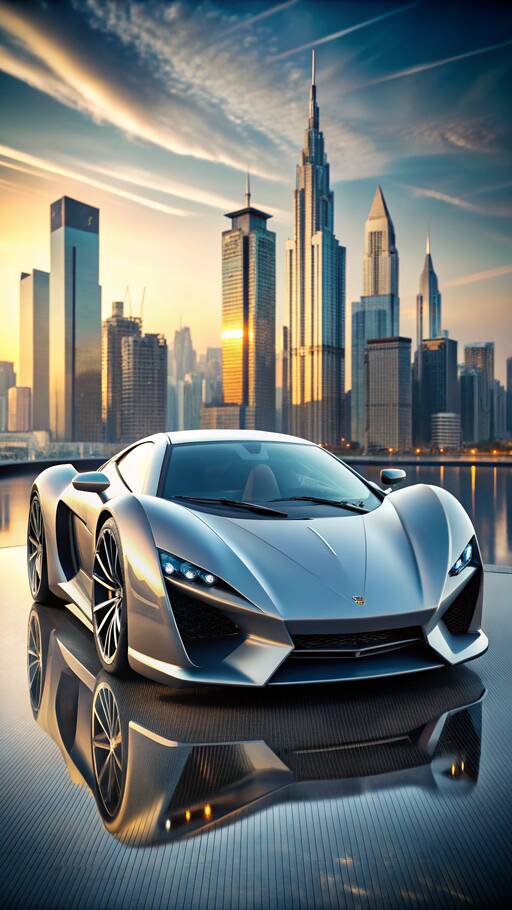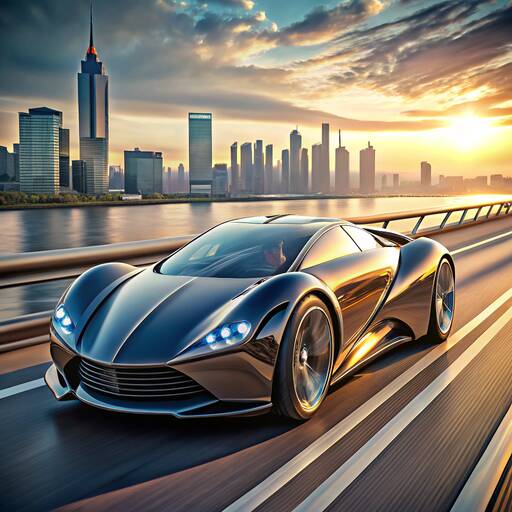
Back in 2017, the Dendrobium D-1 captured the attention of car enthusiasts everywhere. Supported by Singapore and designed with insights from Williams Advanced Engineering, alongside former McLaren, Lotus, and Pagani experts, this hypercar was named after Singapore's national flower. The concept boasted impressive specifications: 1,800bhp delivered through four electric motors, a top speed exceeding 200mph, and a price tag of £1.2 million. Featuring a carbon fibre body, it was designed to accelerate from 0 to 62mph in just 2.7 seconds and weigh around 1,750kg.
Initially unveiled in a striking white finish, and later shown in green at the 2019 24 Hours of Le Mans, there was talk of the D-1 taking on this iconic race circuit. However, the path to production encountered significant obstacles. These challenges included dependence on emerging solid-state battery technology and financial setbacks due to Brexit, pushing back the planned 2022 release.
Today, Dendrobium's online presence is more mysterious than ever. Its website is inactive, only linking to a British Genesis dealership, and its Twitter account hasn't seen an update since 2019. Williams Advanced Engineering, once pivotal to the D-1 project, has been acquired by Australia's FMG for £164 million and is now focusing on incorporating battery technology into industrial vehicles rather than hypercars.
Summary: The Dendrobium D-1 was an electrifying hypercar initiative, promising striking features and remarkable engineering talent. Unfortunately, due to technological and financial setbacks, it now remains a distant memory, its once promising future faded into obscurity.
 | It's pretty clear that ambitious projects like this often face challenges. With investment issues and evolving technology, it’s no surprise the D-1 hasn't hit the roads yet. |
 | What exactly went wrong with the Dendrobium D-1 project? Was it purely financial, or were there technical issues too? |